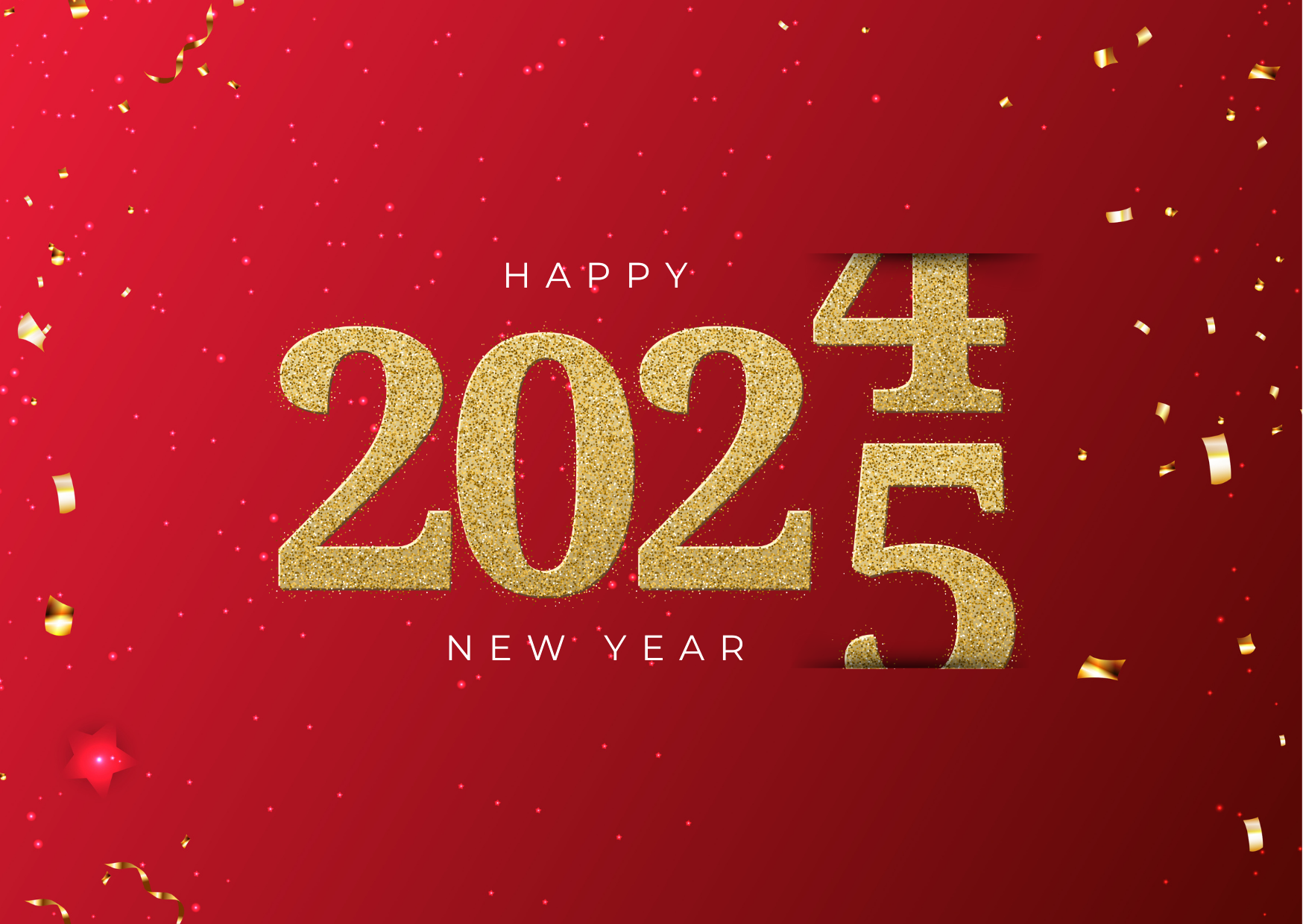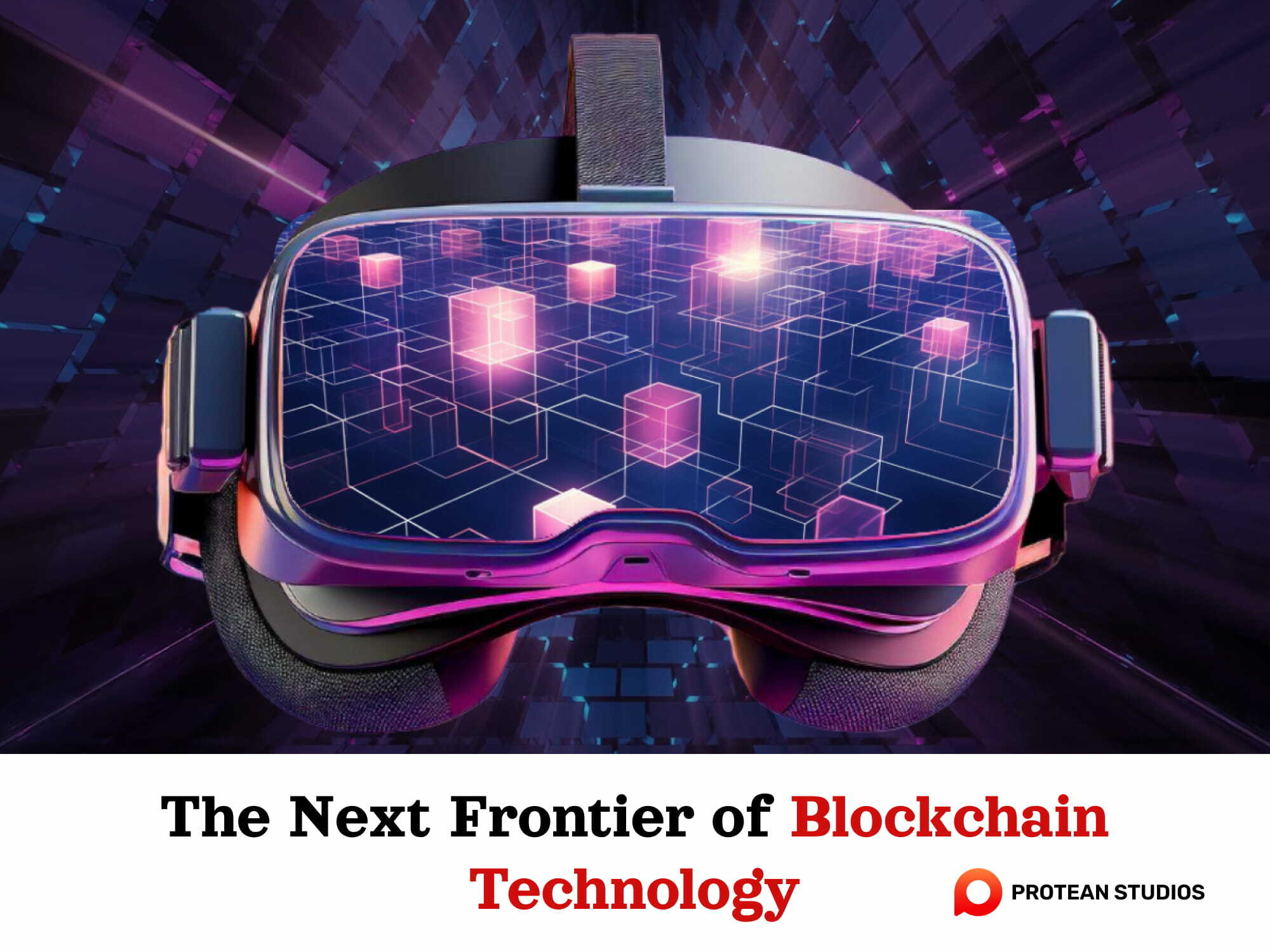The Internet of Things (IoT) is a network of interconnected devices that can collect, process, and share data without human intervention. IoT has supported many industries and sectors, including project management. In this article, we will explore the benefits and applications of the IoT in project management. And how it can help project managers achieve better outcomes, efficiency, and collaboration.
I. What is the IoT in project management?
The Internet of Things (IoT) in project management refers to the integration of connected devices and technologies. The goal is to enhance and streamline various aspects of project planning, execution, and monitoring. In this sector, the IoT can have various applications and benefits, such as improving efficiency, quality, and customer satisfaction.
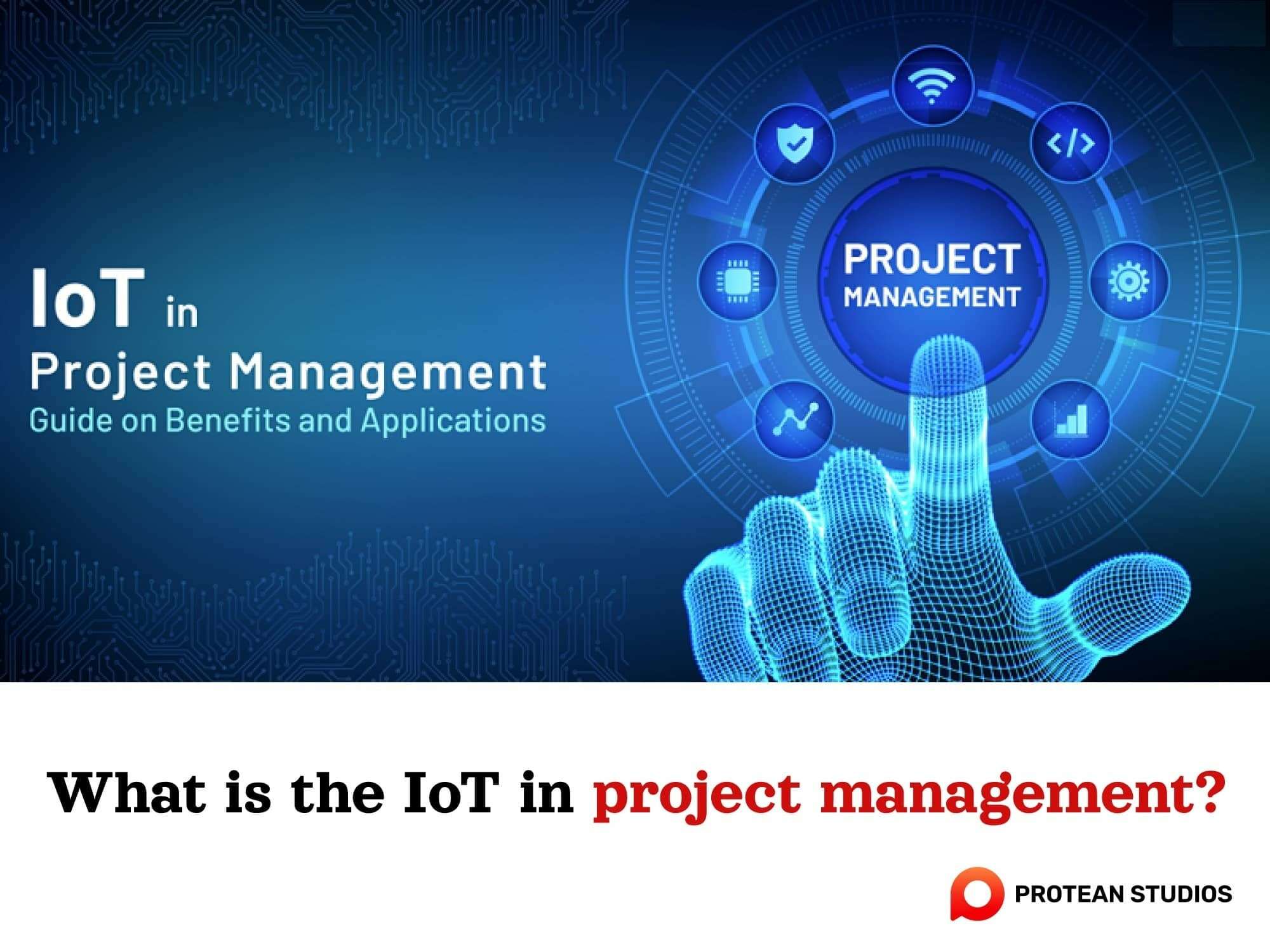
For example, the IoT can enable real-time monitoring and control of project activities, resources, and risks. It also provides valuable insights and feedback from end-users and stakeholders, which can help improve project outcomes and deliverables. Besides, it helps facilitate collaboration and communication among project team members and other parties involved in the project lifecycle.
Read more: Top 3 Outsourced Project Management Methodologies
II. Influence of IoT on project management
IoT has a significant impact on project management as it enables new ways of delivering value, improving efficiency, and enhancing communication. Some of the ways that IoT influences project management are:
1. Hyper-Speed Reporting
IoT devices can provide real-time data on the status, progress, and performance of projects. It allows project managers to check and control the project activities more. IoT can also automate the generation and dissemination of reports, reducing the time and effort required for reporting.
2. Business Intelligence
The IoT will provide valuable insights into the project environment. For example, customer behavior, market trends, competitor actions, and stakeholder feedback Project managers can use these insights to make informed decisions, optimize strategies, and adjust plans.
3. Quick Process Management
IoT helps streamline and simplify project processes such as planning, scheduling, budgeting, risk management, and quality assurance. IoT can also enable faster and easier integration of project components, such as hardware, software, and data.
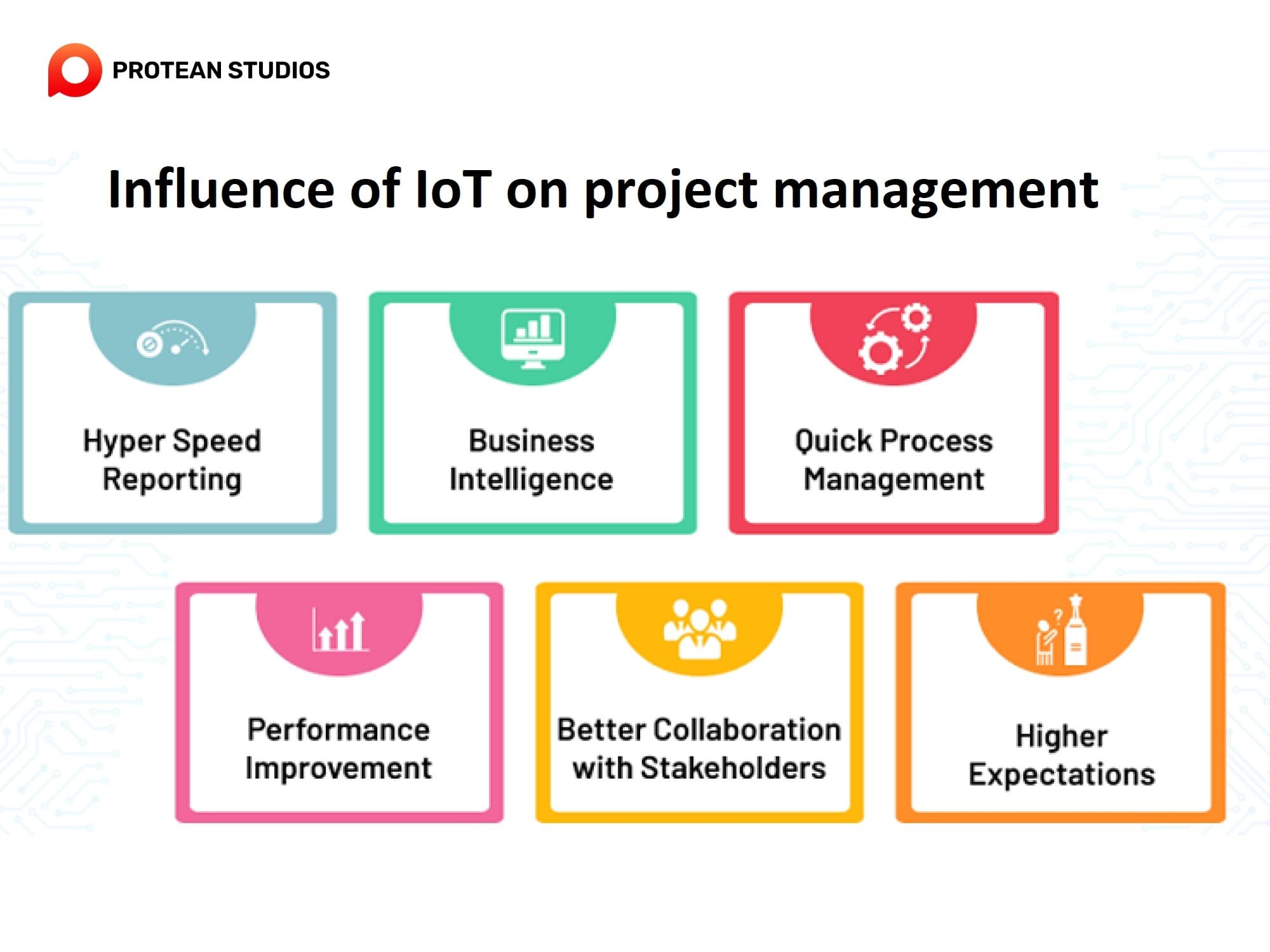
4. Performance Improvement
IoT can improve the performance of the project team, the project deliverables, and the project outcomes. IoT can enhance the productivity, efficiency, and quality of the project work, as well as the satisfaction, engagement, and loyalty of the project stakeholders.
5. Enhanced Collaboration
IoT facilitates better communication and collaboration among project management members and other stakeholders. For example, customers, suppliers, partners, and sponsors It also enables seamless and secure data sharing, feedback collection, and problem-solving.
6. Higher Expectations
IoT can also raise the expectations of the project stakeholders, as they demand more value, faster delivery, and higher quality from the project. Project managers need to be aware of these expectations and manage them to ensure the success of the project.
III. The guidelines for project management in the IoT
Project management in the IoT is a complex and dynamic process that requires planning, execution, and evaluation. The following steps can help ensure a successful outcome for any IoT project:
1. Define objectives.
The first step is to define the scope and objectives of the IoT project, including the expected benefits, costs, timeline, and deliverables. Align the scope and objectives with the organization's strategic goals and vision, ensuring they are realistic and measurable.
2. Select appropriate methods and tools.
The next step is to choose the right methods and tools for your project. IoT projects will differ in size, scope, and complexity. Thus, you need to find the best approach for your specific situation. Some common methods, like the conventional waterfall method, the agile method, the hybrid method, etc.
You also need to pick the right tools for your project, such as software platforms, hardware devices, communication protocols, data analytics, and security solutions. Project managers should compare the advantages and disadvantages of different options and make sure they are compatible and integrated.
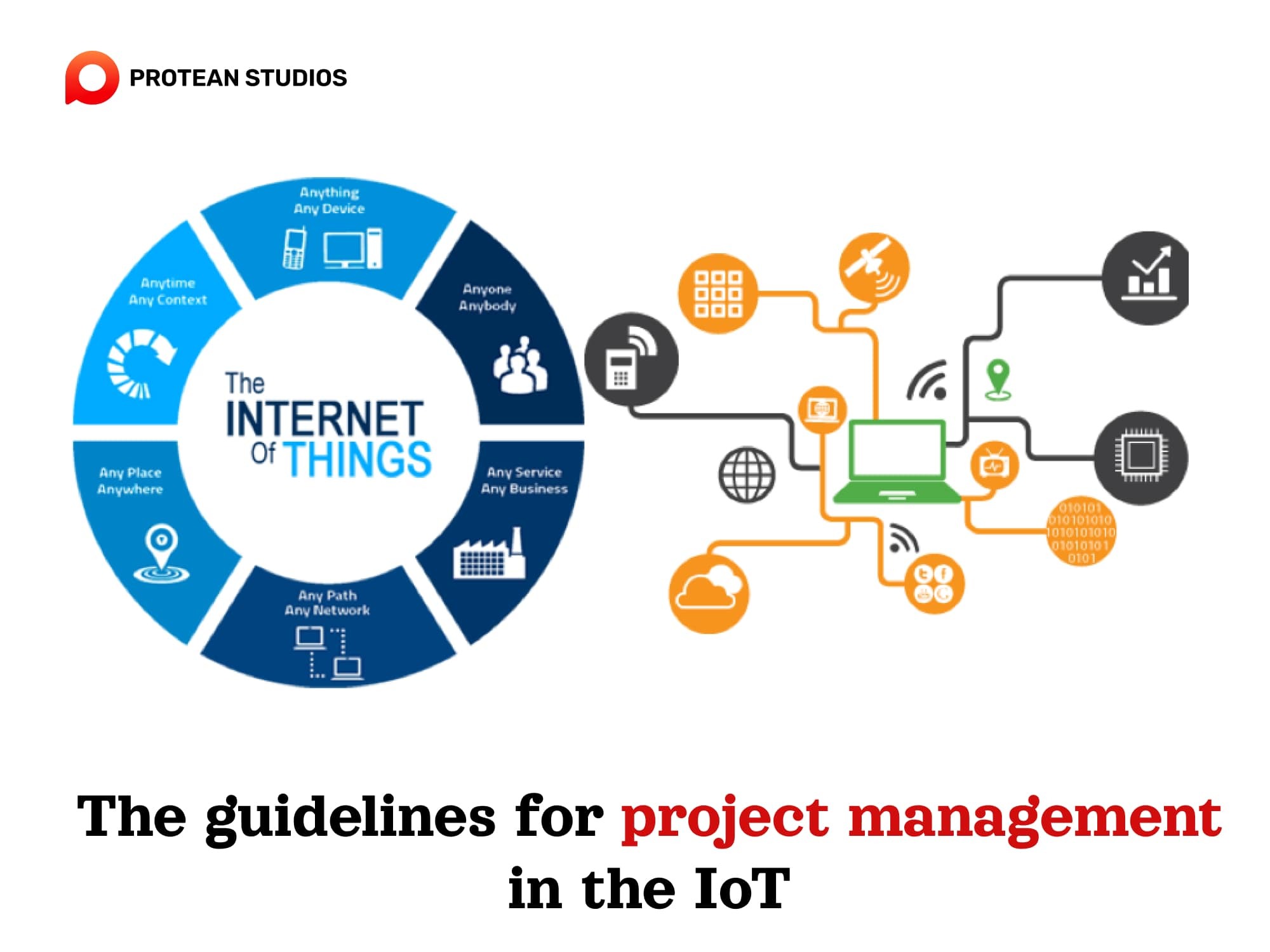
3. Mitigate risks and uncertainties.
The third step is to identify, analyze, and mitigate the potential risks and uncertainties that may affect the IoT project, such as technical, operational, financial, legal, ethical, or environmental issues. The risk management plan includes the risk sources, impacts, probabilities, responses, and contingencies. especially the roles and responsibilities of the risk owners and managers.
4. Coordinate the team and stakeholders.
This phrase is to coordinate the team and stakeholders involved in the IoT project. It includes the project manager, developers, engineers, designers, testers, users, customers, suppliers, partners, or regulators. The coordination ensures that everyone has a clear understanding of the project scope, objectives, methods, tools, risks, and expectations.
5. Monitor and regulate performance.
Managers have to track the progress and quality of your project deliverables and compare them with the planned scope, schedule, budget, and objectives. You also have to measure the performance and impact of your IoT solution and collect and analyze data. Because it can show how well it meets the requirements and expectations of the stakeholders.
Monitoring and control should also involve regular feedback and review sessions. The aim is to identify any issues or deviations from the plan and install corrective or preventive actions as needed.
IV. Summary of IoT for Project Management
To wrap up, the use of IoT in project management brings a bunch of benefits and practical uses. It makes projects smoother and more efficient. From keeping an eye on things in real-time to using resources, IoT changes how we handle projects.
---------------------------------------------------------------------------------------------------------------------------------------------------------
Are you ready to revolutionize your project management experience? Protean Studios takes pride in bringing cutting-edge IoT solutions to clients that help your projects. We are a leading provider of innovative solutions, dedicated to helping businesses thrive in the digital era.
With a commitment to excellence and a focus on cutting-edge technologies, PROS always supports organizations to face change, optimize processes, and achieve success in an ever-evolving landscape. If you find it interesting about the topic, feel free to access NEWs to know more.


